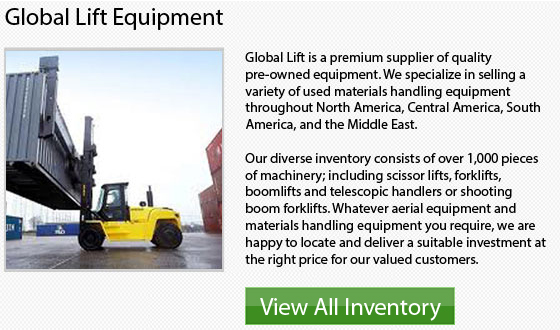
City Cranes
A small 2-axle mobile crane, referred to as a City crane is designed to be used in tight spaces where the regular cranes could not venture. City cranes are used to work inside buildings or to travel through gates. During the 1990s, City cranes were developed as a solution to the increasing city density within Japan. Numerous cities within Japan started building and cramming more structures in close proximity and it became necessary to have a crane which was capable of navigating through the small areas of Japanese streets.
City cranes are basically small rough terrain cranes. They are designed to be road legal and are characterized by a single cab, a short chassis, a 2-axle design and independent steering on each axle. Additionally, these equipments offered a retractable slanted boom. This kind of retractable boom takes up a lot less space than a horizontal boom of comparable size would.
Regular Truck Crane
Mobile cranes with a lattice boom are considered standard truck crane booms. This unit has a lighter hydraulic truck crane boom. There are multiple boom sections that could be added to allow the crane to reach up and over an obstacle. A regular truck crane requires separate power in order to move up and down, as it could not lower and raise using hydraulic power.
Kangaroo Crane
A jumping crane is a different name for a kangaroo crane. This unit is an articulated-jib slewing crane with an integrated bunker. These cranes originated within Australia. They are usually used in high-rise construction projects. Kangaroo cranes are unique in the industry in the way that they are capable of raising themselves while the building they are working on increases in height. These particular cranes are anchored by a long leg. This leg runs down the building's elevator shaft.